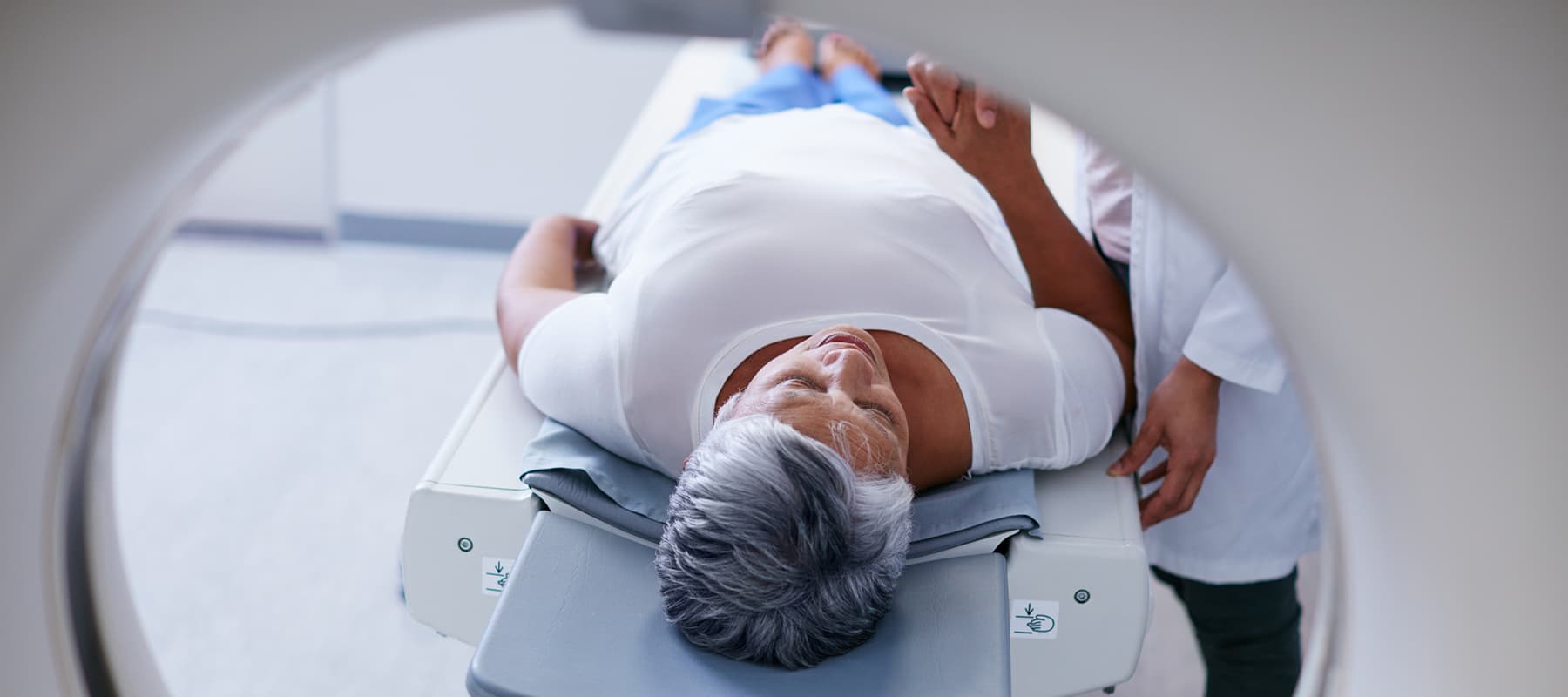
How Multi-Stakeholder Strategies for External Control Arms Can Overcome Approval and Access Barriers
Leanne Larson, Senior Vice President & Head of Real-World Evidence and Access
Amy McKee, Head of Regulatory Oncology
Sangeeta Budhia, Global HTA Strategy Lead & Vice President, Pricing & Market Access
Parexel
The COVID-19 pandemic cast a spotlight on the expanding role of real-world evidence (RWE) and the window it provides into a more thorough understanding of the patient journey. Developers are finding that the capture of all relevant data—from randomized clinical trials and real-world evidence—can safely expedite new therapies for patients with high unmet needs.
External control arms, which use patient-level data sourced from wearable technology, retrospective studies, electronic health records (EHRs), existing datasets, and other trial control populations, are providing important real-world context and clarity during clinical development and evaluation. With increasingly fluid clinical study designs, developers, regulators, and payers are adopting new ways of thinking about vast sources of data amassed from controlled trials and real-world sources—and how that data can be fit-for-purpose to meet drug approval and access standards.
Flexible controls and clinical heterogeneity
Many stakeholders see strong potential with integrated datasets that complement and contextualize patient care and outcomes. For example, external controls can identify patient population signals that may be undetected in randomized trials and apply those study results to broader patient populations. External control arms can also be used to mimic randomized datasets and provide much-needed flexibility for public health crises like COVID-19 and in rare disease markets with smaller patient populations.
In addition to providing a dynamic, real-time window into the patient experience, external controls hold great promise in addressing the long-standing challenge of homogeneous clinical trials. With strict inclusion and exclusion criteria, it is estimated that only three percent of the oncology patient population is represented in controlled trials.
Detailed methodologies for regulatory confidence
The U.S. FDA has approved dozens of drug products presented with compelling, complementary evidence from integrated datasets. Though regulators do consider external control arm data, their focus has largely been on rare disease and oncology drug candidates. Cognizant of the expanding role of external control arms, many global agencies are preparing formal guidance for developers to expand its application across other areas of medicine.
In the meantime, developers are encouraged to engage regulators early in the process with detailed methodologies for the capture and analysis of external data. Doing so will help regulatory agencies better understand what the data will capture and better anticipate the patient outcomes.
While there is no singular source of data robust enough to answer every question, a hybrid of retrospective data gleaned from EHRs and prospective data gathered from active investigational arms can provide a more comprehensive view for regulators. However, developers must be mindful to design data methodologies that align with the specific disease context and its existing standard of care. For instance, retrospective real-world data may no longer be relevant in some disease areas with rapid treatment advances, but it may prove invaluable in an emerging public health crisis like COVID-19 that demands real-time patient insight.
Mapping the patient journey for payers
Health technology assessment (HTA) authorities are primarily focused on whether data—regardless of the study design in which it was collected—reflects the real-world patient population. Whereas regulators evaluate external control studies using quality, safety, and efficacy standards, HTA agencies screen against other areas of comparative benefit and cost risk.
Clinical studies with external controls can provide payers with valuable insight to determine a drug’s comparative clinical benefits to existing products, as well as its incremental cost-effectiveness in treating the greater patient population. However, it is incumbent on developers to provide HTA authorities with the proper methodologies to map real-world data to controlled trial data. If external controls are clearly defined, they can help payer authorities understand the course of a disease and how patients progress through each stage of the disease and its treatment under routine, standard-of-care treatment. A defined methodology is particularly important when developers seek to expand a product into a new market, as they must ensure the comparative real-world data reflects the different patient population in their healthcare system.
Much like regulatory bodies, HTA agencies advise developers to communicate early and often with the details of planned data collection and analysis to eliminate guesswork and reduce risk.
Future exploration
While the long-term impact of integrated clinical data systems remains to be seen, some experts foresee the evolution of real-world endpoints retro-engineered by multiple stakeholders. Others advise that keeping the patient voice at the forefront of every stage of development will naturally lead to more successful approval and access outcomes.
As stakeholders continue to learn, embrace, and apply learnings from the complete patient experience, the industry will progress with innovative therapies for all patients in need.
For further RWE insights and more, download our eBook “The new imperatives: Adapting oncology drug development to a post-COVID world.”